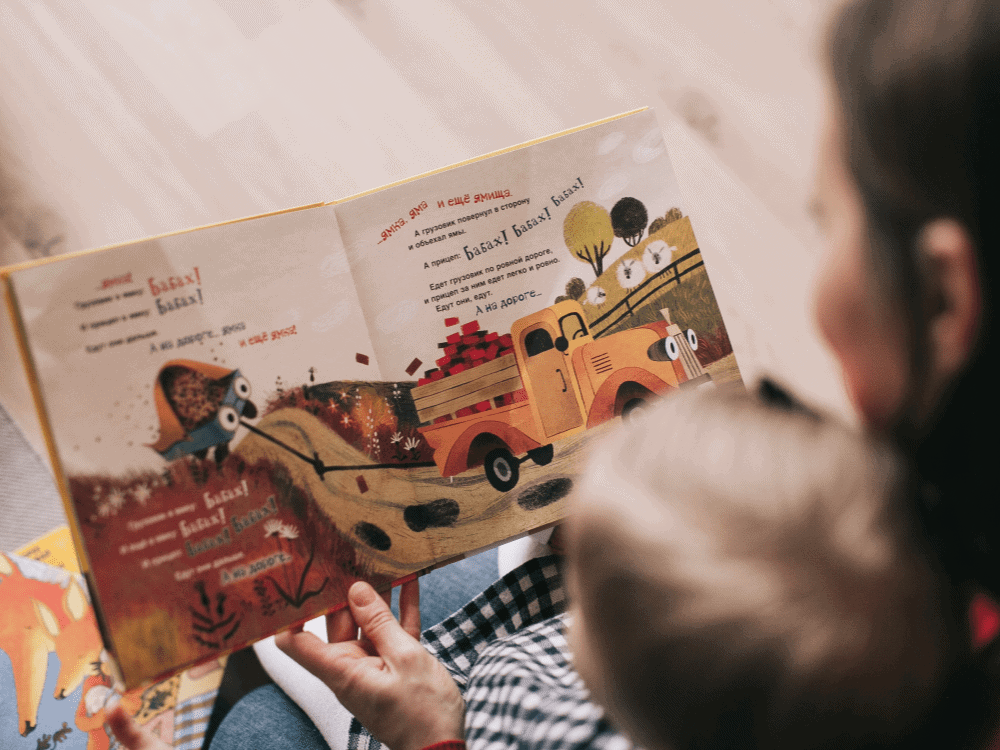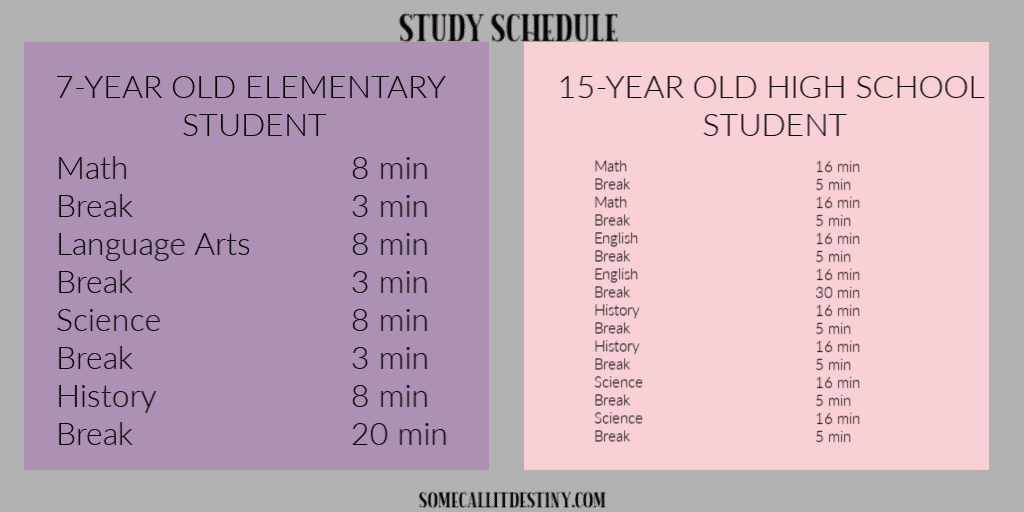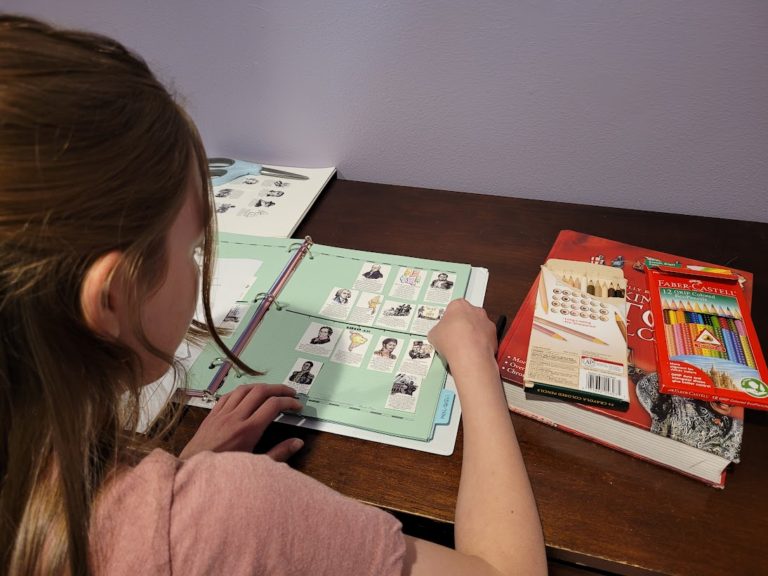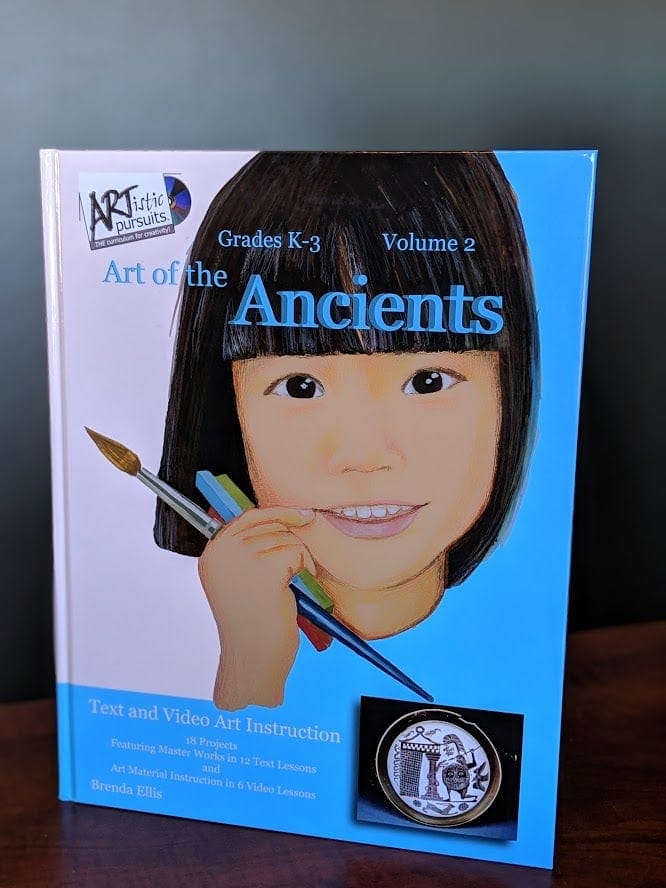What to Do When You’re Unexpectedly Homeschooling
Inside: The most common questions from worried parents unexpectedly homeschooling.
I remember sitting at my computer, head in hands, refusing to let hot tears fall. How should I know what my daughter needed to be taught? I found myself unexpectedly homeschooling and lost at how to proceed.
I understand what’s it’s like to find yourself suddenly homeschooling. It was how we began our journey. A brief venture for us turned into a lifestyle we loved.

Homeschooling is About Strengthing Relationships
Home education is so much more than academics. It’s about relationships and hearts. Yes, you need to find a way to educate your child. I hope you also use it as an opportunity to build stronger bonds with your children.
Seeing the light bulb go off when your child finally understands a topic they’ve been struggling with and you’ve been at your wits end teaching is like watching them take their first steps. Exhilarating, exciting and worth all the effort.

Between all the academics, take time to spend together. Read aloud, make cookies, build forts. Engage in deep conversations with your teens about life, the universe, and the new makeup palette at Ulta.
Most importantly, enjoy your child. This shift to homeschooling doesn’t have to be tragic. You can make this a memorable and positive experience for your family. Even if you’ve come about it unexpectedly.
The most important thing is to take this time to strengthen your relationship with your children. Bonding over books, monopoly, and cooking lessons. Redefine your definition of “formal” learning.
Take this time to invest in some delight directed learning with your child. What makes their eyes light up? Spend time doing that.
|Related| What You Need to Know When Moving From Public School to Homeschooling
What You Need to Know to Succeed at Homeschooling

How do we structure our day so everything gets done?
One word—ROUTINE.
Set up a routine, not a schedule. Schedules are doomed to fail, but routines allow for flexibility. Here’s an idea of what your home school routine might look like.

I love my kids, but I am overwhelmed having them home All. The. Time. What do I do?
Did you notice the quiet time built into the routine above? That’s not for your kids. That, dear momma, is for YOU!
Homeschool moms are not freaks of nature who enjoy having our children leeched onto us 24/7. (Although, we do enjoy spending time with our children.) Having some downtime is essential to your sanity. If you want to come out of this without a permanent eye twitch, quiet time is your friend.
If you have kids who nap, plan it at the same time. Otherwise, whatever works best for you. Put on a movie, send kids to their room, do whatever you gotta do to get some you time. Spend that time doing something to recharge your batteries. You’ll be a better mom for it, trust me.
How do I teach my school-aged child with a baby/toddler/preschooler underfoot?
Believe it or not, this is a problem all homeschool moms of more than one child need to problem solve at one point or another. Among my seven kids, I have two under school age. Here are the secrets that allow me to teach my other children with little interruption.
Are you ready? Lean in close.
Spend quality time with your little ones first. Fill their love bank up, then give them an activity nearby and go teach your other children.
Little ones interrupt because they want to be involved. They see you giving focused attention to their sibling and want in on the action. When you spend time with them first, they are more inclined to give you the time you need.
So, gather your little ones close and read aloud, sing songs, and slay dragons.

Next, involve them where you can. Have older kids read aloud their books to younger siblings. Set them up with blocks while you work on math. Let them play with playdough or color while doing language arts.
Have special school toys or activities that only come out while siblings are working.
How long should my kids be spending on their schoolwork?
One big perk to homeschooling is the amount of time you recover. While public school students spend an average of seven hours a day in class, they are not spending the entire time on schoolwork.
I remember the shock when we first began. Sitting at the kitchen table with my third grader, staring at each other. It was only 11 o’clock and we’d covered every subject. We began at nine. Certainly, this was not normal. A concerned call to a fellow homeschool mom left her giggling on the other end as she reassured me, yes, it was normal. Normal and to be expected.
Here is the breakdown by grade levels (including instruction time):
K-3rd: 1-2 hours
4th-6th: 2-3.5 hours
7th-8th: 3-4 hours
9th-12th: 4-7 hours
Now, this is not to say they will complete all their schoolwork within that time frame, but you don’t need to panic if they do.
Motivation plays a big part in how quickly my children finish. I had my son sit moping, sullen faced, tears streaming down his cheeks for hours because he did not want to do a two-minute assignment. Somedays, the struggle is real. Other days, he’s done in record time and on to his own activities.
Also, if you try to add in all the subjects, or include a bunch of electives, this will add to the time.
Remember, you do not have to do every subject every day. You can stagger subjects so you do science Monday’s and Wednesday’s, History Tuesday’s and Thursday’s and Art on Friday’s. You can also try loop scheduling.
|Related| Loop Scheduling: How to Cover All the Fun Subjects Stress-Free
How do I keep my child focused on their schoolwork?
In general, the amount of time a person can give focused attention to a subject is their age plus one minute. For a seven-year-old, this is 8 minutes, for a 15-year-old, it’s 16 minutes. After that their mind begins to wander.
To combat this, I have my children work on one subject for the amount of time they can remain completely focused. Followed by a short 2-5 min break. After four rounds of focused work, I give them a longer break.
If you’ve heard of Pomodoro, you may recognize this technique. Here’s what it might look like for both an elementary student and a high schooler.

To minimize brain fatigue, when switching from subject to subject, pick ones that use different areas of the brain. For example, Math to English, instead of Math to Science.
Brain breaks are best if they contain movement of some kind.
Remember that attention is a habit children need to form. This habit is best done by requiring short periods of focused attention and then gradually increasing the amount of time their attention is required.
|Related| How to Increase Focus & Get Your Child to Do Their Schoolwork
My child is already behind. What if they continue to fall further behind?
I remember my jaw-dropping at the first homeschool convention I attended when the keynote speaker mentioned her son didn’t learn to read until he was ten. “He just wasn’t ready, yet.” She went on to mention how once he learned, he quickly surpassed his peers in reading level. The best part, she said, he never knew he was behind, so his self-esteem was never affected.
In the homeschool community, you’ll find we worry a lot less about our kids “being behind.” In part, we understand that just like a child’s physical body, their mental capabilities also develop at a unique pace.
However, we get wanting to prevent “summer slide,” so to speak.
If your child is already behind, now is a great time to problem solve and come up with a plan to work toward a solution.
For the indefinite future, your child has been gifted with their own personal tutor in the form of the one person who loves them best. What a gift! Use this time to your benefit.
I don’t feel qualified to teach my child. I didn’t even go to college. What if I mess up my child’s education?
Statistically, homeschool children fair better than public school children on standardized tests, regardless of their parent’s level of education. Because guess what? Parents have their child’s best interest at heart. You don’t need a degree in education to teach your children. You do need to be willing to learn alongside your child. Parents are the best teachers for their children. You have already taught them so much. You can do this!
(The majority of homeschool curriculum comes with teacher’s manuals that give various levels of help and a grading rubric. There is also “open and go” curriculum which also comes with a script for parents. While some homeschoolers do create their own curriculum, it is not a requirement.)
I don’t want to spend a lot on curriculum. What do you suggest?
There is so much good homeschool curriculum to choose from! If you are just wanting a “trial” I would suggest starting with Schoolhouse Teachers. They have a one-month trial membership for $5 that gives you access to over 400 classes for K-12. An all-inclusive curriculum with multiple choices for subjects sets this curriculum apart. Since you get access to all grade levels, it is easier to customize for your child. Special needs and parent help sections are also included.

They are a good starting point.
For other homeschool curriculum and classes (especially online memberships) I suggest joining the
If I change my mind, can I put my child back in public school?
The answer to this is yes and no.
If you have a child between grades K-8, then yes, this is an option. You will want to make sure you follow your state’s guidelines for home education.
If you have a high school student, then the answer is most likely no. Homeschooling high school is a long-term commitment. Most High schools do not recognize homeschool credits, so your child would not be given any credit for work done at home, affecting graduation requirements.
Some states may allow students to test or require you to get permission first before awarding credit, but most states do not accept homeschool credits.
The good news is you get to determine the requirements for graduation and issue your own diploma. Homeschool diplomas are recognized and accepted by colleges.
What online resources do you recommend?
There are myriad online resources to aid you in teaching your child. It is impossible to list them all. I am only listing ones that we have personally used and enjoyed.
Math Invaders Online/Typing Tournament
I know it can feel stressful and overwhelming to find yourself unexpectedly homeschooling. If you have any specific questions, I would be more than happy to help. You can leave any questions in the comments, or send me a message via Facebook. I want to help you make the most out of the situation!
Use this free resource to help your child keep track of books they read.








